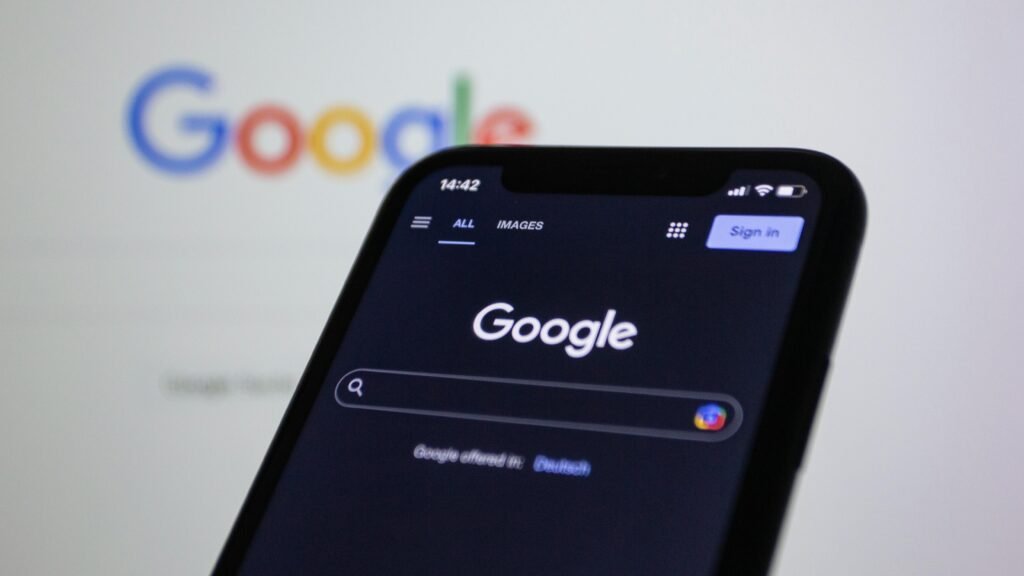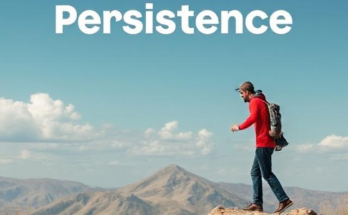Introduction
As technology evolves, to have in it you need to take a step back and remember what once was life without anything digital. Once, everyone depended on newspapers for news, handwritten letters for keep-in-touch, physical books for information.
And then the Internet changed the way we live by giving us so much information at our fingertips. And now we find ourselves on the brink of yet another revolution — Artificial Intelligence, especially tools such as ChatGPT, are transforming the way we learn, work, and communicate.
But how do these two transitions stack up? What changed in everyday life when the internet came, and what is changing again as A.I. arrives?
But how people are adapting with those new technologies, and what are the challenges? To really grasp the contrasts, and struggles of modern adaptation, let’s take a deep dive into pre-internet and pre-ChatGPT life.

Life Before the Internet: A Slower but Simpler World
Life, before the internet came along in the early 1990s, was unrecognizably different. Information was slow, communication was laborious, and entertainment was limited. Let’s break it down:
Letters were the standard method of long-distance communication before emails and instant messaging. Writing a letter, mailing it through the postal service and waiting for a reply could take weeks. Calling was available, but it was costly, particularly for long-distance communication. Meeting someone was a scheduled thing; there were no random 11 p.m. texts, which said, “Let’s do this!
In that era, the library was the primary source of information, and research was a daunting chore. If you wanted information, you had to flip through books, magazines, and encyclopedias. You had no Google to provide the answers within seconds. Printed material was the lifeblood of students and professionals, and experts were the primary sources of specialized knowledge.
Entertainment was a communal affair. Everyone watched TV at the same time, gathered round for designated shows, listened to the radio for news and music, played outdoor games. There were no streaming services, no on-demand content and, decidedly, no binge-watching.
If you missed an episode of your favorite show, you had to wait for a rerun — there was no “watch later” option.
Businesses were still dependent on paper documents, in-person meeting and phone calls. Office work necessitated huge filing systems, and there was no cloud storage to store essential documents. Everything was slower, but it made for deeper connections with colleagues, clients, and customers.
The Internet Revolution: A New World of Connectivity
The internet came up, and the world changed. Out of the blue, you could communicate instantly, you had access to an endless supply of information, and businesses could trade on a global level. The connectivity became easier; but with that came the erosion of patience, the erosion of personal interaction.
Emails replaced letters. People could connect within seconds, facilitate quicker decision-making, and enhance productivity.
Libraries were replaced by search engines. “Google has made finding information so easy that it has made deep research skills and understanding less of a requirement.
Television entertainment was supplanted by streaming services. People could now watch and listen and read whatever they wanted, whenever they wanted.
E-commerce revolutionized shopping forever. Purchasing products online with a click, rather than traveling to stores .rivacy, and increased screen time. People had to adapt, learning how to balance the benefits of the internet with the dangers of misinformation, cybercrime, and digital addiction.

Life Before ChatGPT: A World of Human Effort
Jump ahead to the 2020s, and there’s another wave of technological change: the advent of artificial intelligence. Before ChatGPT and the ilk, one had to exert a lot more human energy in the exercise of learning and solving.
Imagination and Creative Writing:
Content marketers have relied entirely on human skills before the existence of AI-powered writing tools. Writers toil for hours to write, edit, and polish their craft. If anyone wanted an article, an essay or a report, they had to research and write it, or pay a professional to do so.
Customer Service and Problem Solving
As a result, companies relied on human representatives to answer queries, solve problems, and offer customer service. Chatbots were on the scene but were relatively rudimentary, often exasperating users with their mechanical and pre-scripted answers.
When you had a question you needed to cross-reference several sources — books, forums, expert consultations. AI tools such as ChatGPT hadn’t come along to give you ready access to well-structured, comprehensive answers on command.
Coding & Technical Work | In-Depth Understanding
This meant that developers and programmers administered every single line of code. If they had a problem, they needed to find the cause by trying things or going into documentation and forums for answers.
The AI Revolution: Life with ChatGPT
Then the world changed again with the arrival of AI tools like ChatGPT. Things that would have taken human power for hours (or even days) are now completed in seconds.
AI tools generate ideas, edit and even sometimes draft entire articles in minutes.
Smart customer service — Hundreds of companies have gone for AI chatbots to automate and personalize customer service.
EASY WAY OF LEARNING: There is no need for users to look at various places, they can directly interact with AI and get straight answers in a systematic way.
Improved speed of coding and development: AI that provides code suggestions can help to speed up the coding process overall and would be beneficial in spotting and eliminating bugs.
AI can simplify things, but it also gives rise to potential new issues: job loss, ethical considerations, greater reliance on machines. People can no longer tell human creativity from the end product of AI, and businesses are wondering what to allow to be replaced by artificial intelligence.

The Modern-Day Challenge: Adapting AI
Just as everyone had to learn how to adjust to using the internet and the benefits of that, they now must figure out how to incorporate Ai into their lives. Such Common Challenges Include:
Over-dependence on AI: Over-reliance on AI for models and answers could jeopardize critical thinking and problem-solving skills.
Ethical issues: Who is responsible for the content generated by AIs? How do we keep AI responsible?
Trust in digital systems: AI responses could be unreliable. Should we verify with a human?
The jump from pre-internet to post-internet was enormous, but the leap to AI-powered technology may be even larger. The trick to overcoming this shift is to understand the process for using AI as a tool not a substitute for human creativity, intelligence, and judgment.
Conclusion: Embracing Change While Honoring the Past
Life before the world was seated at an internet-connected computer was slower but had the romance of profound human connection. Before ChatGPT, life was more difficult, but it also promoted critical thinking. Every new technology brings with it the promise of peril and also the possibility of evolve.
As with all technologies, AI will evolve, and the trick is not to combat it, but to harness it — striking the right balance between efficiency and the human touch, automation and creativity, digitization and ethical responsibility.



